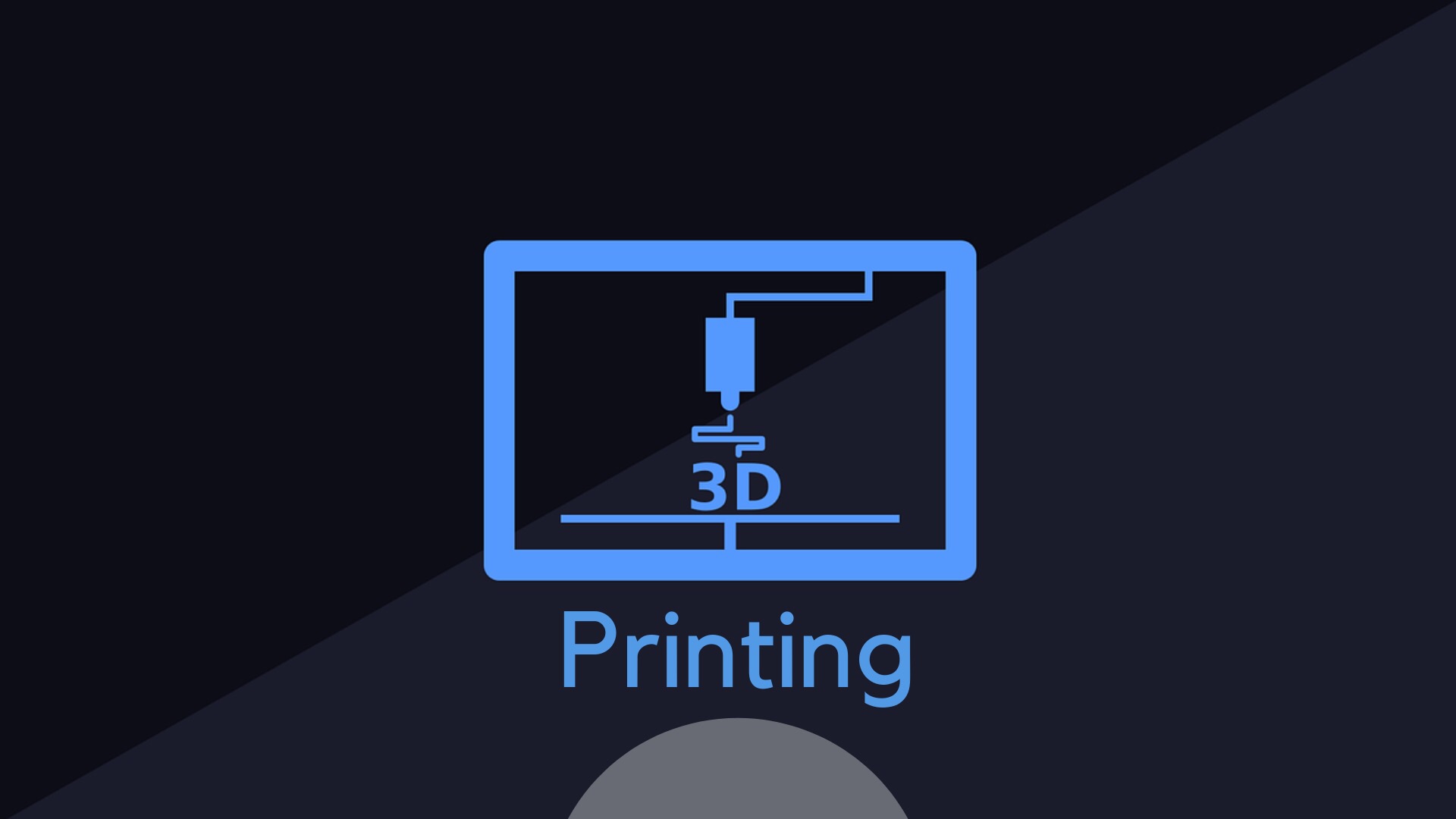3D Printing of Pharmaceutical and Medical Applications: a New Era

Three – dimensional (3D) printing has revolutionised the field of pharmaceutical dosage forms. 3D printing is a process used to fabricate three dimensional objects based on the layer – by – layer deposition of materials on a computer controlled platform. In the last 10 years researchers have utilized 3D printing technologies to address the current limitations in manufacturing of drug products and challenges in the treatment of patients.
The shift from bulk manufacturing of drugs, towards the design and production of personalized medication and dose tailoring, requires the optimization of different 3D printing technologies and processing of suitable materials. The introduction of Aprecia’s Zipdose technology for the commercialization of Spritam®, the first 3D printed orally disintegrated tablet, has opened the pharmaceutical industries eyes to new treatment options for patients.. 3D printing is anticipated to facilitate more effective treatment by taking in account the individual patient profiles and producing personally tailored medications, adjusting factors such as dosing and release profile, based on the needs of the individual. Download the article as a PDF here
Article Information:
See also our Overview Video for the 3D Printing articles series
Interested to read the other articles of the 3D-printing series?
Three-Dimensional Printing of Cell Exclusion Spacers (CES) for Use in Motility Assays

